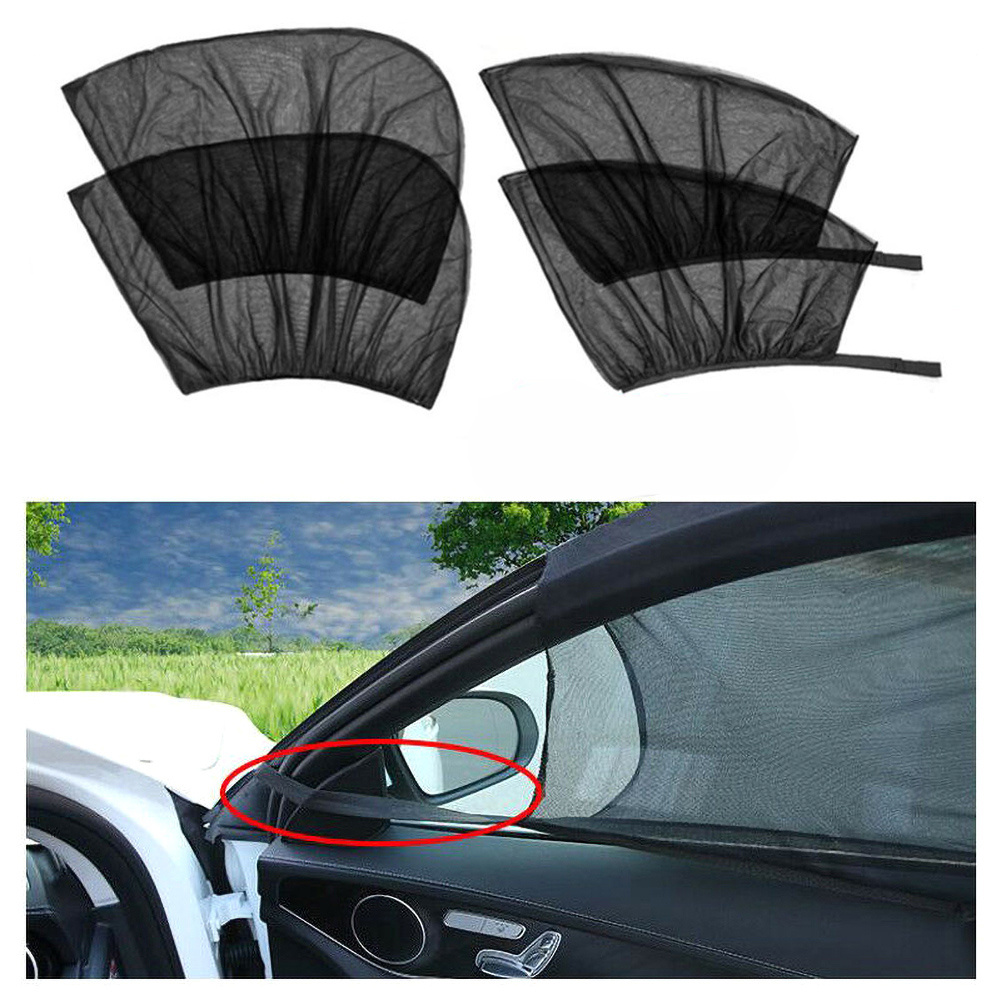
Discount up to 35% for first purchase only this month.
Account


In today’s tech-driven world, mobile devices like smartphones, tablets, and laptops have become integral parts of our daily lives. Whether it’s for work, communication, entertainment, or social media, we rely heavily on these devices. The one thing that’s most vulnerable during everyday use is the screen. A cracked or scratched screen can be a major inconvenience, and repairing or replacing it can be costly. That’s where high-quality screen protectors come in. These simple, affordable accessories can save your device from expensive repairs and enhance its longevity.
In this article, we will dive into the importance of screen protectors, the types available, and why investing in a quality protector is essential for your devices.
The most common reason to use a screen protector is to prevent scratches. Everyday use, such as placing your phone in a bag or pocket with keys or coins, can lead to tiny scratches on the screen. These small scratches can accumulate over time, damaging the display and affecting the visibility and overall aesthetics of your device.
A screen protector acts as a barrier between your device and external elements, offering an additional layer of protection. This ensures that your device’s screen remains pristine, preserving both its functionality and appearance.
Accidental drops are another significant threat to your device. A cracked screen not only diminishes the aesthetic value but can also impair the functionality of the device. While a screen protector alone may not prevent a serious impact, it can absorb some of the shock from a fall, reducing the risk of cracks or shattering.
Some screen protectors come with tempered glass or shatterproof materials that offer additional protection. These materials are designed to distribute the force of an impact and safeguard the screen from breaking.
Smartphone screens are notorious for attracting fingerprints, smudges, and oils from daily handling. These marks not only affect the screen’s appearance but can also hinder your ability to see content clearly. High-quality screen protectors, especially those with an oleophobic coating, can reduce smudges and make it easier to clean the screen.
The oleophobic layer ensures that fingerprints and oils are less likely to adhere to the surface, making your device easier to keep clean.
Over time, without a screen protector, your device’s screen can lose its clarity due to everyday use. Dust, dirt, and debris can scratch the surface, leading to a dull or blurry appearance. A screen protector prevents such build-up, preserving the screen’s vibrancy and clarity.
Additionally, many high-quality screen protectors are designed to be crystal-clear, maintaining the sharpness and color of the screen. This ensures that watching videos, browsing the web, or playing games is just as enjoyable as it was when the device was new.
If you plan on reselling or trading in your device later, a screen protector can help maintain its value. Devices with scratched or cracked screens are significantly less valuable in the resale market. By keeping the screen in pristine condition, you ensure that your device will fetch a higher price when it’s time to upgrade.
Not all screen protectors are the same. There are several types available, each offering different levels of protection and features. Here are the most common types:
Tempered glass screen protectors are among the most popular options due to their durability and clarity. Made from a type of glass that’s been heat-treated to improve its strength, tempered glass offers excellent protection against scratches and impacts.
They provide a smooth, glass-like feel, which closely mimics the device’s original screen. Many also feature an oleophobic coating to reduce fingerprints. Tempered glass protectors are relatively easy to install, and they are available for most devices.
Plastic film screen protectors are thinner and more flexible compared to tempered glass. While they may not offer as much impact protection, they still provide a basic level of scratch resistance. These protectors are a more budget-friendly option and are often easier to install because they are more forgiving when it comes to bubbles.
Although plastic film protectors are less durable than glass, they are still a good option if you’re looking for basic protection against scratches.
Liquid screen protectors are a relatively new option in the market. Instead of a physical sheet, liquid protectors are applied directly to the screen and bond with the surface, creating a thin, invisible layer of protection. Liquid protectors are generally scratch-resistant and can provide a smooth touch experience. However, they don’t offer the same level of impact protection as tempered glass.
They’re a good option for those who want minimal bulk and prefer a more discreet protection solution.
Privacy screen protectors are designed to reduce the visibility of your screen from side angles. This is a great option for those who use their devices in public spaces and want to protect their privacy. Privacy protectors can be made from either plastic film or tempered glass, and they work by narrowing the viewing angle, so only the person directly in front of the screen can see the content.
These protectors offer the added benefit of keeping sensitive information secure while preventing prying eyes from reading your texts, emails, or browsing activity.
Choosing the right screen protector depends on your needs and budget. Consider the following factors before making a purchase:
If you’re prone to dropping your device or want the highest level of protection, opt for a tempered glass screen protector. These provide the most robust protection against impacts and scratches.
Make sure the screen protector you choose doesn’t compromise the touch sensitivity or display clarity of your device. High-quality tempered glass protectors typically retain the responsiveness of the screen while maintaining sharp, vibrant colors.
If you’re not confident in applying a screen protector yourself, look for one with easy installation features like bubble-free adhesives or an installation kit. Some brands even offer tray-based systems that make installation simple and precise.
Consider any additional features, such as privacy filters, anti-glare coatings, or oleophobic layers, depending on your personal preferences and needs.
Screen protectors are an essential accessory for anyone who wants to keep their devices in top condition. Whether you’re trying to prevent scratches, reduce smudges, or safeguard against accidental drops, a high-quality screen protector provides an effective, affordable solution. With various types available, including tempered glass, plastic film, and privacy protectors, there’s a perfect option for every need and budget.
Investing in a screen protector not only preserves your device’s screen but also extends its longevity and maintains its resale value. By taking the simple step of adding a screen protector, you’re ensuring that your device remains in excellent condition, providing you with years of reliable use.